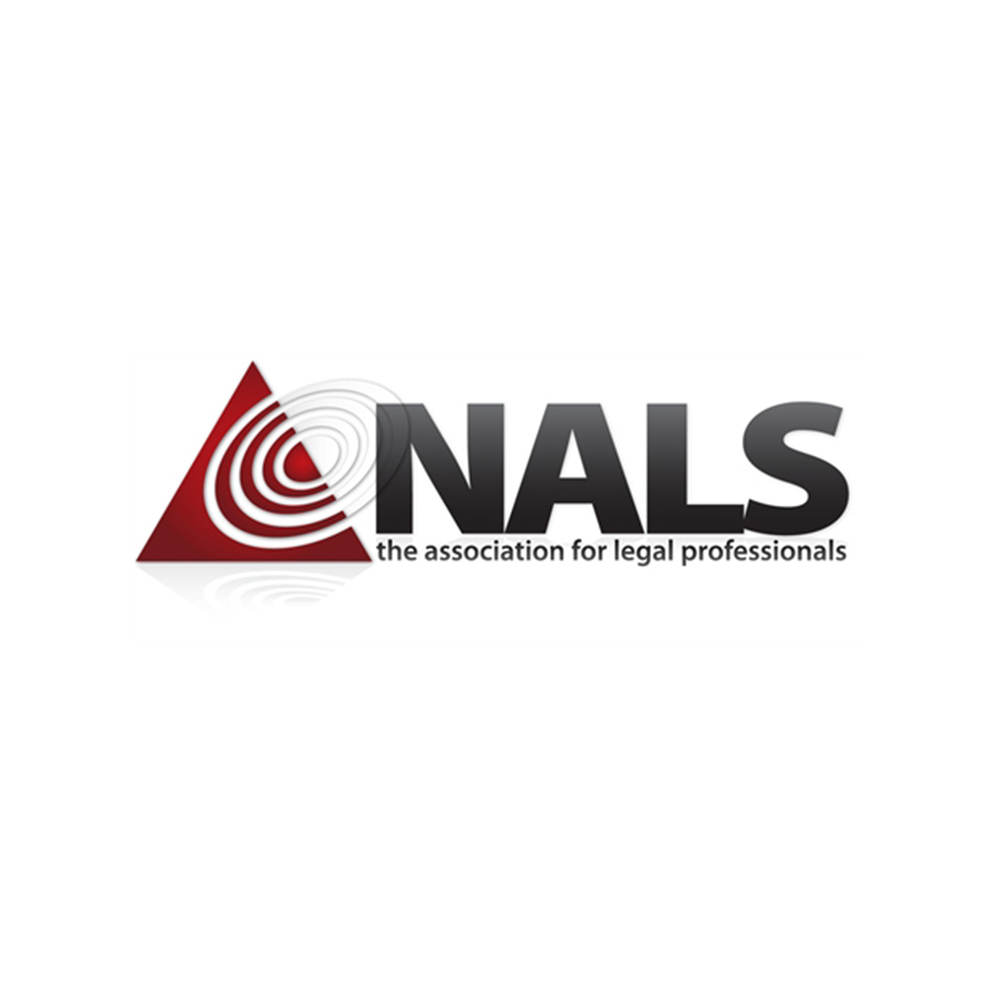Taking Action for Success: Harness the Power of After Action Reviews
Tired of unproductive ‘Lessons Learned’ sessions? Discover how After Action Reviews can revolutionize organizational performance.
How many Lessons Learned sessions have you sat through? How many of them went beyond the “gripe session” and actually improved the organizational performance?
Most Lessons Learned meetings I observe vacillate between a cathartic, “Get me out of this office ASAP” feeling to a blame game primarily focused on what didn’t go well. Then, at most organizations, the “lessons” are promptly forgotten.
Early in my career, I was managing software implementation projects. Each time we deployed software, on “cutover” night, we had a plan that should have taken 1-2 hours to execute. Repeatedly, it took 7-8 hours due to the same misses in handoffs between functional owners. I remember asking, “Why does this keep happening? Do you all have a checklist for implementing software?” The answer: “No, we talk about doing that in our lessons learned sessions afterwards, but it never seems to get done.”
I have a pet peeve that may resonate with you – wasted time. I can’t stand it. To me, this exchange between myself and the owners felt like just that. Wasted time. Most of us have heard the definition of insanity: Doing something the same way and expecting a different result. This is exactly how I felt the team was operating. Frustrated, I gathered some like-minded team members, and in a matter of days, the checklist was created. The result: The next deployment was completed in one hour. A win for all.
After this experience, I resolved to figure out why this pattern is repeated so often. Why aren’t our lessons learned meetings more productive? And why do so few organizations get traction on implementing the lessons they are ostensibly “learning?”
My theory? We were asking the wrong questions.
Why Traditional Lessons Learned Fall Short
A traditional “lessons learned” focuses on two key questions:
- What happened?
- What did we learn?
There are two problems with this. First, our learnings lack context. Second, lessons aren’t learned until they are implemented—so we need to solidify a plan of action to achieve our desired wins.
Unveiling the Power of After Action Reviews
The military solved this problem decades ago, with the After Action Review (aka AAR) approach. The AAR improves team performance better than a typical “Lessons Learned,” because of the additional questions it asks as part of its process.
The intent is to review how the mission or action went, identify what did and didn’t go according to plan, and what could be done to repeat the good and prevent the bad.
Questions in an After Action Review include:
- What did we expect to happen?
- What actually happened?
- Why was or wasn’t there a difference?
- What can you do next time to improve or ensure these results?
- For things that should be changed:
- Who needs to know?
- Who should work on it?
- Who needs to decide?
For an easy-to-follow template, download my After Action Review PowerPlay™.
In this approach, typical “lessons learned” questions are included. But the additional questions in bold, Questions 1 and 3, provide critical context. While Question 5 guides the team to action.
By placing an emphasis on expectations, Question 1 reframes our thinking to the original plan, assumptions, and ideas. It identifies what occurred “as expected” and “what didn’t go as expected,” enabling the team to capture how to repeat the good and correct the bad. It also removes the hindsight bias and proclivity to blame each other. Instead, Question 1 focuses objectively on “the plan” vs. what actually happened, which is what we address in Question 2.
We acknowledge our collective assumptions (even if they differ from one another) and put them on the table to be examined against what occurred. Were our assumptions mistaken? Or did our actions not meet otherwise realistic expectations? There’s a difference, and it matters for organizational learning.
Similarly, Question 3 pushes us into constructive analysis. We don’t dwell only on the negative, but rather identify what we want to repeat the same way in the future and what we want to change. This helps us to identify meaningful corrective actions (Question 5) because it makes the lessons useful to our future performance.
Once you identify those changes, then they don’t just live and die on a flipchart or in someone’s lessons learned report. They get assigned to a specific person with a plan and a decision owner to ensure they get addressed.
You may ask, “Do AARs really work in business?” Yes! In fact, the Wharton School at the University of Pennsylvania calls the AAR out as one of the top Nano Tools for leaders. Consider this case study they share:
The J.M. Huber Corporation uses AARs after every planned project and significant unplanned event. Their AAR discussion centers on what happened, why, and what should be done about it. Following the meeting, employees post their learnings to a database and an online after-action report is created, which includes action plans and lessons learned. Other employees around the world can search the database to find AARs on topics related to their work. Employees are motivated to participate with incentives such as the Chairman’s Award for After Action Review (AAR) Excellence, which is given annually to a cross-functional team.
It’s that simple. A couple of questions can make all the difference in how you improve your organizational performance and recover time that has been wasted in the past.
Don’t be an example of insanity by repeating the same mistakes and expecting a different outcome. Change your questions to change your result. Download my After Action Review PowerPlay™.
TRANSFORM DISRUPTION INTO OPPORTUNITY
Tap into leadership methods and tools for better organizational performance. Contact me to learn about my keynote speaking, executive coaching, and facilitation services.























